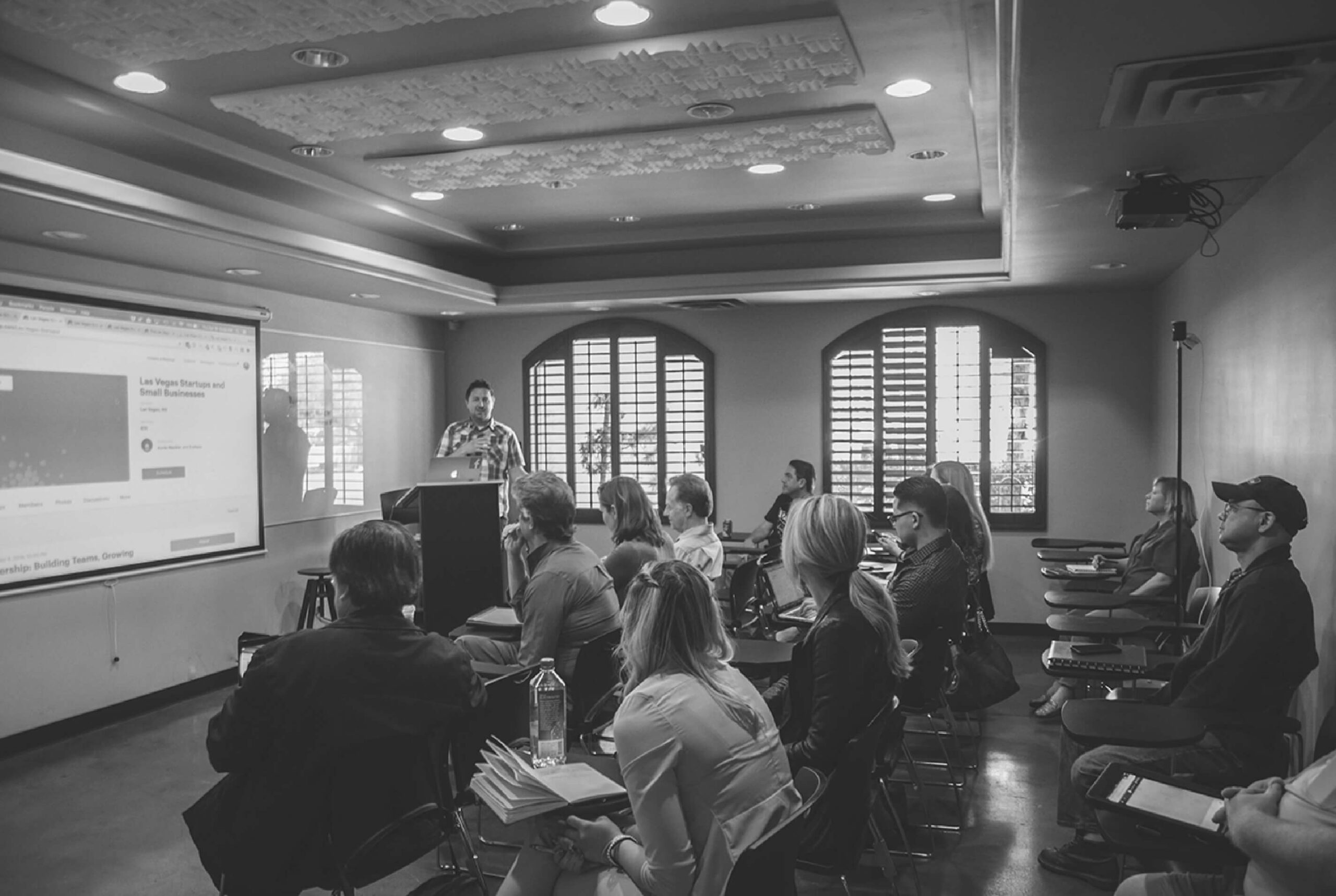

Article | Degrees out of reach for many low-income Illinois students | The Times |
Data from 2014 show low-income families in Illinois must set aside 63 percent of their total income for a student to attend a four-year institution, according to a report from The Partnership for College Completion. Middle-class families must set aside 25 percent, the study found.
CHICAGO (AP) — Illinois’ in-state college tuition and fees ranked fifth highest in the U.S. last year, and a new report says those costs are a major reason that degrees are increasingly out of reach for low-income students.
Data from 2014 show low-income families in Illinois must set aside 63 percent of their total income for a student to attend a four-year institution, according to a report from The Partnership for College Completion. Middle-class families must set aside 25 percent, the study found.
Executive Director Kyle Westbrook told WBEZ-FM the high costs contribute to lagging graduation rates among low-income students and students of color, even within the more affordable community college system. He said the graduation gap isn’t unique to Illinois but that the state has faced greater challenges as its proportion of low-income students has grown.
“About 50 percent of our state’s elementary and high school students are low income, and that brings with them some significant challenges as well as lack of resources when they are able to move into higher education,” Westbrook said.
The report also found that Illinois was one of four states that cut higher education funding over the last two years, a year-to-year difference of 68 percent. Those cuts took place during the state’s budget impasse.
About half of students eligible for need-based tuition help through Illinois’ Monetary Award Program, or MAP, didn’t’ receive it because of insufficient state funding.
This year looks better for higher education in Illinois as lawmakers allocated about $1.1 billion for public universities following the budget impasse’s resolution. The state also increased funding for MAP grants by 10 percent.
The organization’s director of strategy, Lisa Castillo Richmond, said states and institutions that set goals to close the disparity gap have made progress.
“They’re really focusing on increasing attainment overall, eliminating achievement gaps, racial achievement gaps and socio-economic achievement gaps,” Castillo Richmond said. “And that’s where they’re seeing movement.”
Illinois set a goal to increase the percentage of adults with a career credential or post-secondary degree to 60 percent by 2025. The Partnership for College Completion says about 50 percent had a college or career credential as of 2015.

